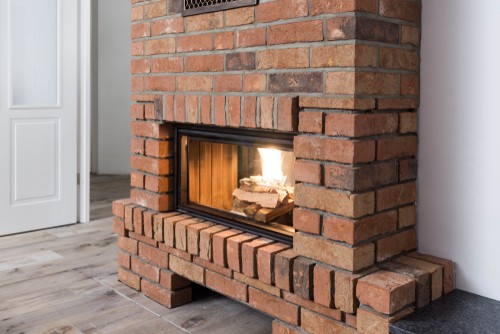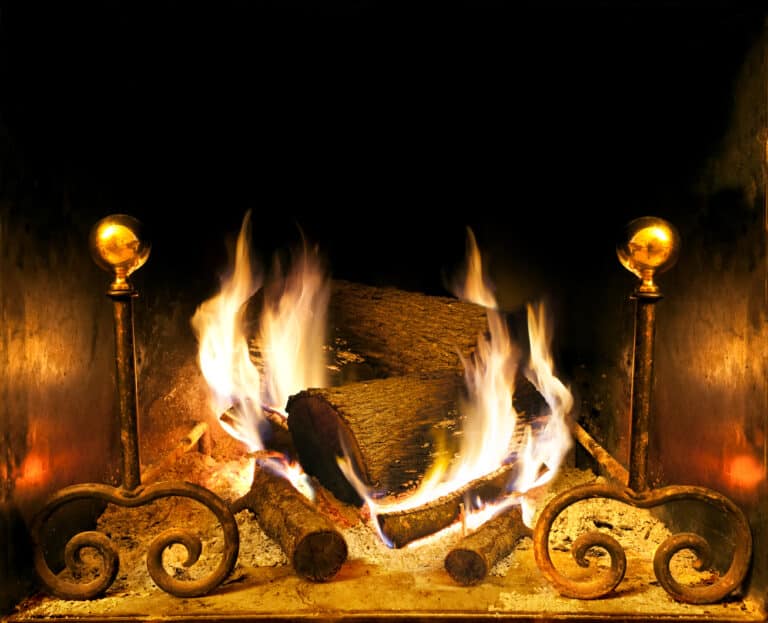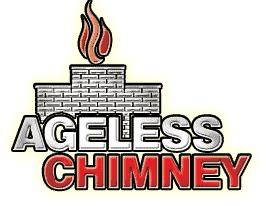Chimney Repair in Shinnecock Hills, NY.
What our clients say




View our work
Browse all Services
contact us
Masonry Matters: 5 Signs You Need to Contact a Shinnecock Hills, NY Chimney Repair Company to Restore Your Chimney's Masonry

Quality Chimney Masonry Repair Services in Suffolk County
Ageless Chimney is your trusted partner for chimney repair in Shinnecock Hills, NY. We offer comprehensive chimney repair services in Suffolk County, including masonry repair. Our team of professionally trained, fully certified, and highly skilled masons specializes in restoring chimneys, and take great pride in delivering top-quality craftsmanship to our clients.
Whether you need minor repairs or a complete chimney restoration, Ageless Chimney has the expertise you can count on to handle all of your needs. To find out how we can restore your chimney to its former glory, don’t hesitate to call us at 516-795-1313.
Owner Operated
Because all jobs are handled by an owner, you can rest assured that your project will command the attention it deserves.
Free Estimates
Great service at the best price. We will not be undersold. Our estimates are FREE and we will beat any written estimate.
24-Hour Emergency Service
Ageless Chimney is one of a few chimney companies to offer TRUE 24-hour emergency service should you need it.

5 Signs You Need to Contact a Shinnecock Hills, NY Chimney Repair Company to Restore Your Chimney’s Masonry
If you’re experiencing issues with your chimney’s masonry, it’s crucial to address them promptly to ensure the safety, functionality, and aesthetic appeal of your chimney system. The team of skilled professionals at Ageless Chimney specializes in chimney repair services in Shinnecock Hills, NY, including masonry repair. Our expert masons provide comprehensive solutions that will restore the integrity and beauty of your chimney. With nearly 20 years of experience and a commitment to customer satisfaction, you can count on us to handle all of your chimney repair needs.
If you’re experiencing any of the following issues with your chimney’s masonry work, don’t delay; contact Ageless Chimney right away.
- Cracked or Damaged Masonry: If you notice cracks, chips, or any form of damage on your chimney’s masonry, it’s a clear sign that repair is necessary. Crumbling mortar or loose bricks can compromise the structural integrity of your chimney, leading to safety hazards. Our experienced technicians will assess the damage and provide the appropriate repairs to restore your chimney’s stability.
- Leaks or Water Damage: Water intrusion can cause significant damage to your chimney – and your Suffolk County home. Stains on the ceiling or walls near the chimney, mold growth, or a damp smell in your home indicate water penetration. Our chimney repair professionals will identify the source of the leak, repair any damaged components, and ensure proper waterproofing to prevent future issues.
- Poor Draft or Smoke Backflow: If you’re experiencing difficulties with smoke properly venting from your fireplace or stove, it may be due to a chimney blockage or draft problem. A malfunctioning chimney can lead to smoke backflow, which can be hazardous to your health. The experts at Ageless Chimney will inspect your chimney, clean any obstructions, and restore the proper draft for efficient ventilation.
- Damaged Chimney Crown: The chimney crown acts as a protective barrier against water and external elements. Cracked or deteriorated chimney crowns can allow water to seep into the chimney structure, causing extensive damage. Our skilled technicians will repair or replace the chimney crown, ensuring optimal protection for your chimney.

For Expert Masonry Repair, Contact Suffolk County’s Premier Chimney Repair Experts
When it comes to chimney repair services in Shinnecock Hills, NY, Ageless Chimney is the reliable choice. Our dedicated team is committed to delivering exceptional craftsmanship and outstanding customer service. With our comprehensive chimney repair solutions, you can count on us to restore your chimney’s masonry, ensuring its functionality and longevity. For top-quality chimney repair services call us today at 516-795-1313. Let the pros at Ageless Chimney help you restore the integrity and beauty of your chimney.
Have a question?
Shinnecock Hills is located at 40°53′17″N 72°27′42″W / 40.88806°N 72.46167°W (40.888100, -72.461735), immediately east of the Shinnecock Canal.
According to the United States Census Bureau, the CDP has a total area of 3.1 square miles (7.9 km2), of which 2.9 square miles (7.4 km2) is land and 0.19 square miles (0.5 km2), or 6.61%, is water.
The highest point in Shinnecock Hills is 141 feet (43 m) above sea level.
Learn more about Shinnecock Hills.Local Resources
Useful links for Shinnecock Hills, NY
- Open a Shinnecock Hills, NY map
- Find the Shinnecock Hills, NY United States Post Office
- Locate nearby Shinnecock Hills, NY pharmacies
- View the current Shinnecock Hills, NY weather report
- Browse a list of Shinnecock Hills, NY public and private schools
- Shinnecock Hills, NY is located in Suffolk county in New York State
Useful Links
Here are some chimney-related links:
